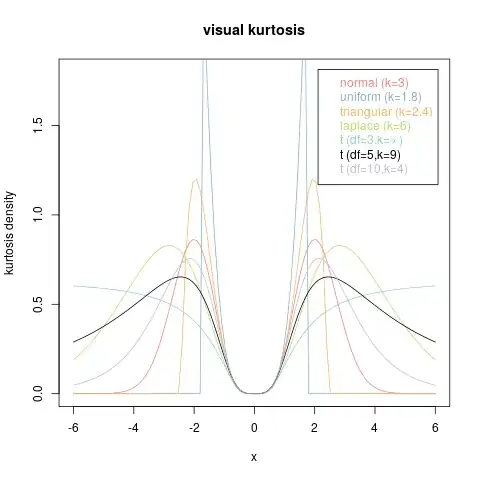You are referring to matrix factorization, where the $n \times m$ matrix of ratings $R$ is factorized to $n \times k$ matrix of parameters for users $P$, and $k \times m$ matrix for items $Q$, so that
$$
R \approx PQ
$$
The state-of-art way of estimating the parameters is alternating least squares algorithm, where you start with setting $Q$ to some random values, then solve for $P$, fix values of $P$ to the estimates, and solve for $Q$, and repeat the two previous steps. Alternatively, you can just use stochastic gradient descent, or variants of it. Aberger reviews thos approaches and gives some benchmarks in Recommender: An Analysis of Collaborative Filtering Techniques.
Missing values are handled by iterating over the observed ratings only. As discussed by Koren et al (2009) in Matrix factorization techniques for recommender systems:
Earlier systems relied on imputation to fill in missing ratings and
make the rating matrix dense. However, imputation can be very
expensive as it significantly increases the amount of data. In
addition, inaccurate imputation might distort the data considerably.
Hence, more recent works suggested modeling directly the observed
ratings only, while avoiding overfitting through a regularized model.
To learn the factor vectors ($p_u$ and $q_i$), the system minimizes
the regularized squared error on the set of known ratings:
$$ \underset{(u,i) \in \kappa}{\min} \;\sum_{u,i} \;(r_{ui} - p_u^T
q_i)^2 + \lambda(\|p_u\|^2 + \|q_i\|^2) $$
Here, $\kappa$ is the set of the $(u,i)$ pairs for which $r_{ui}$ is
known (the training set).
